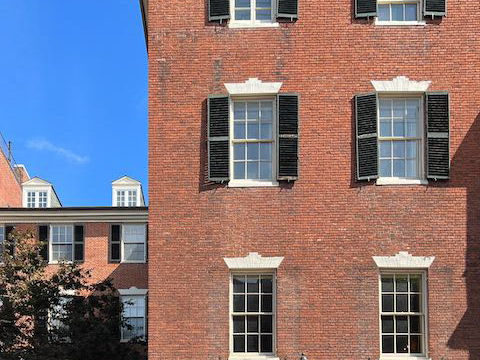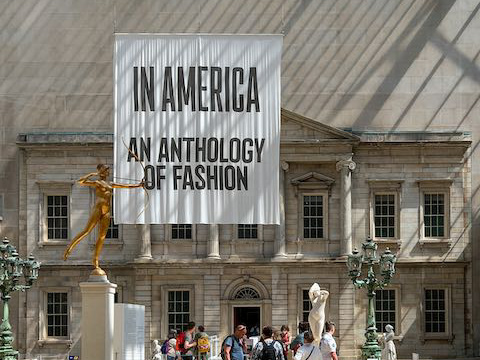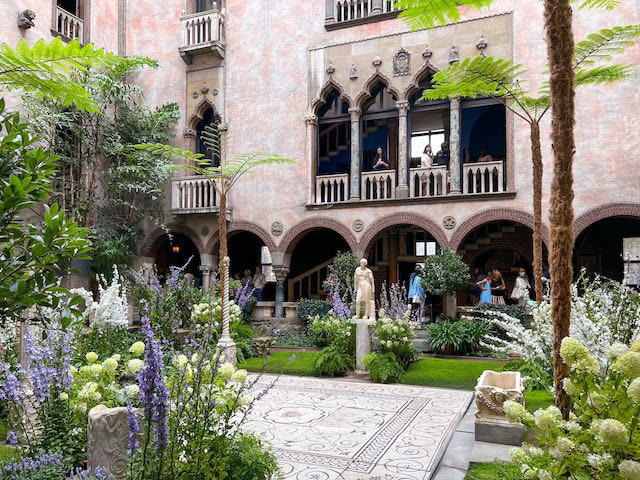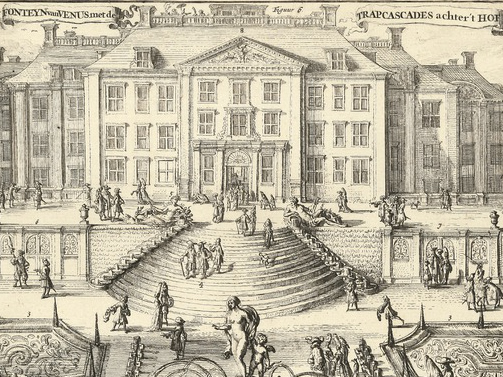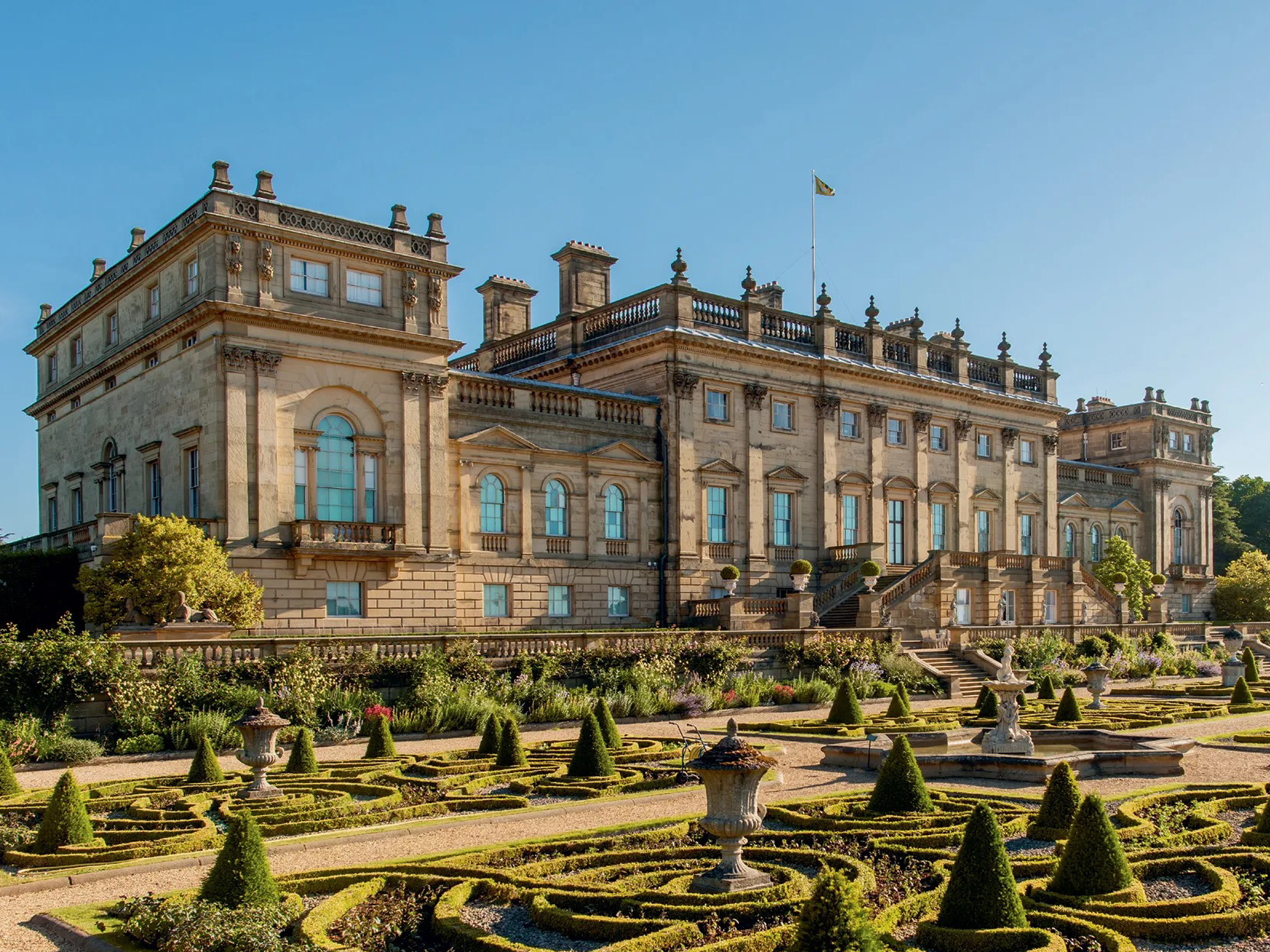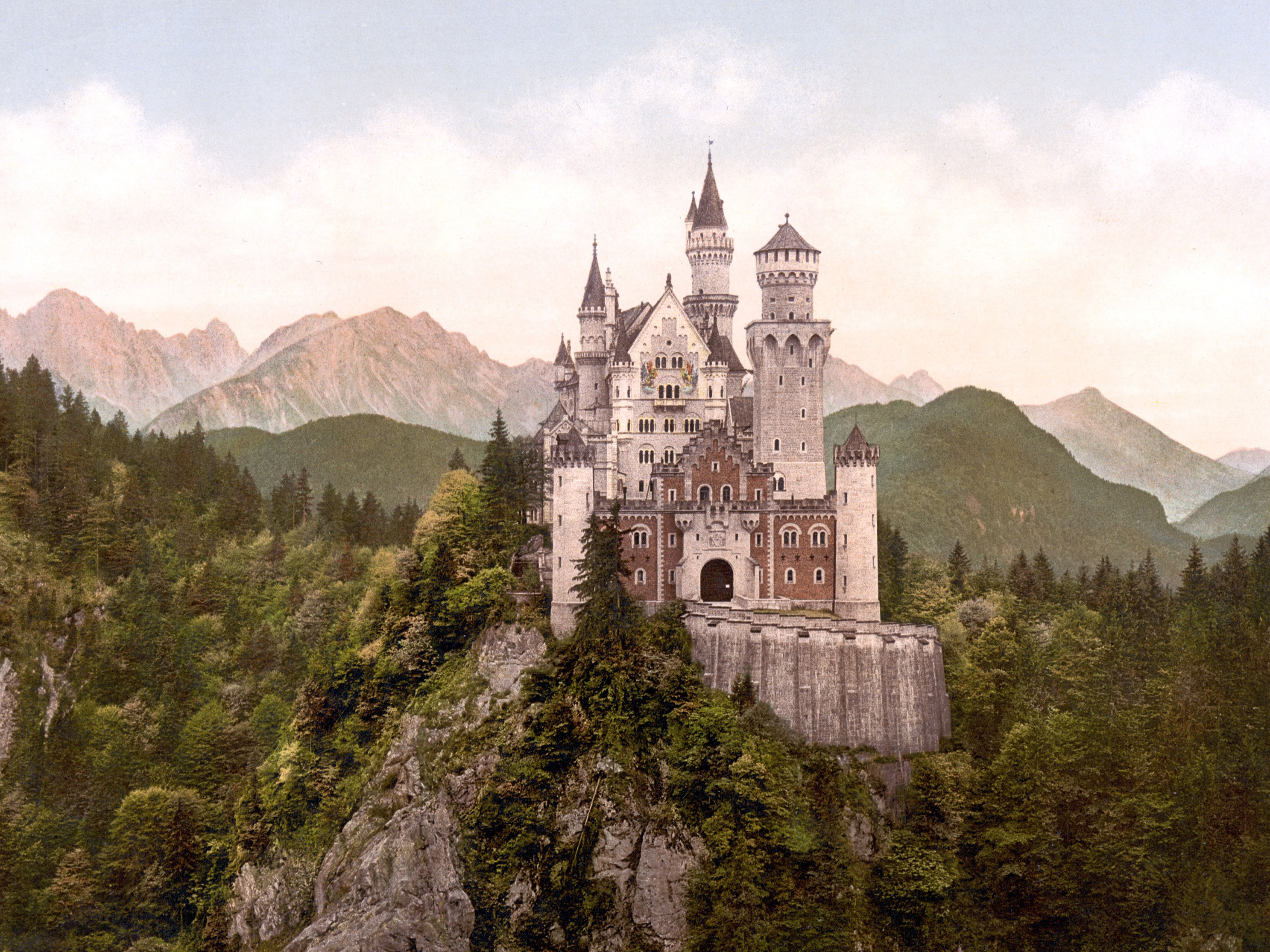Langham is a small village in North Norfolk. I stayed there for six days to visit country estates in the area.

Thorpe Hall in Eye



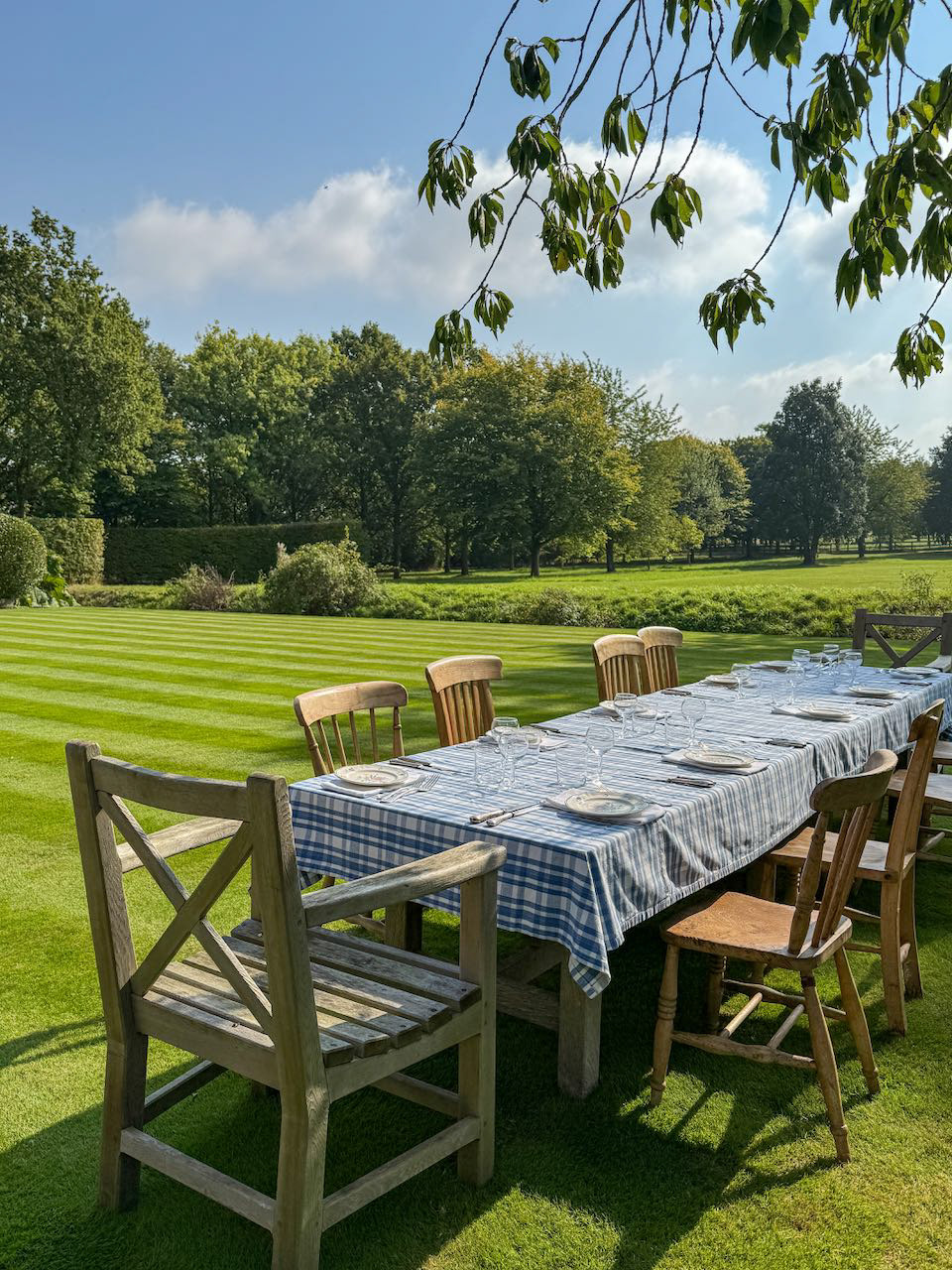
Glorious day


boot room

living room
Thorpe Hall was probably built as a dower house in the late sixteenth century. It is moated and is a fine example of a smaller Elizabethan country house. It was previously the home of interior design legend David Mlinaric.

Sheringham Hall












Sheringham Hall was designed by John Adey Repton (1775-18560) and the famous park surrounding it was his father Humphry Repton’s favourite work. The house has been beautifully restored by its owners, and it remains a good example of Regency design and planning.
The library is Victorian in style and the only listed room in the house.
The library is Victorian in style and the only listed room in the house.
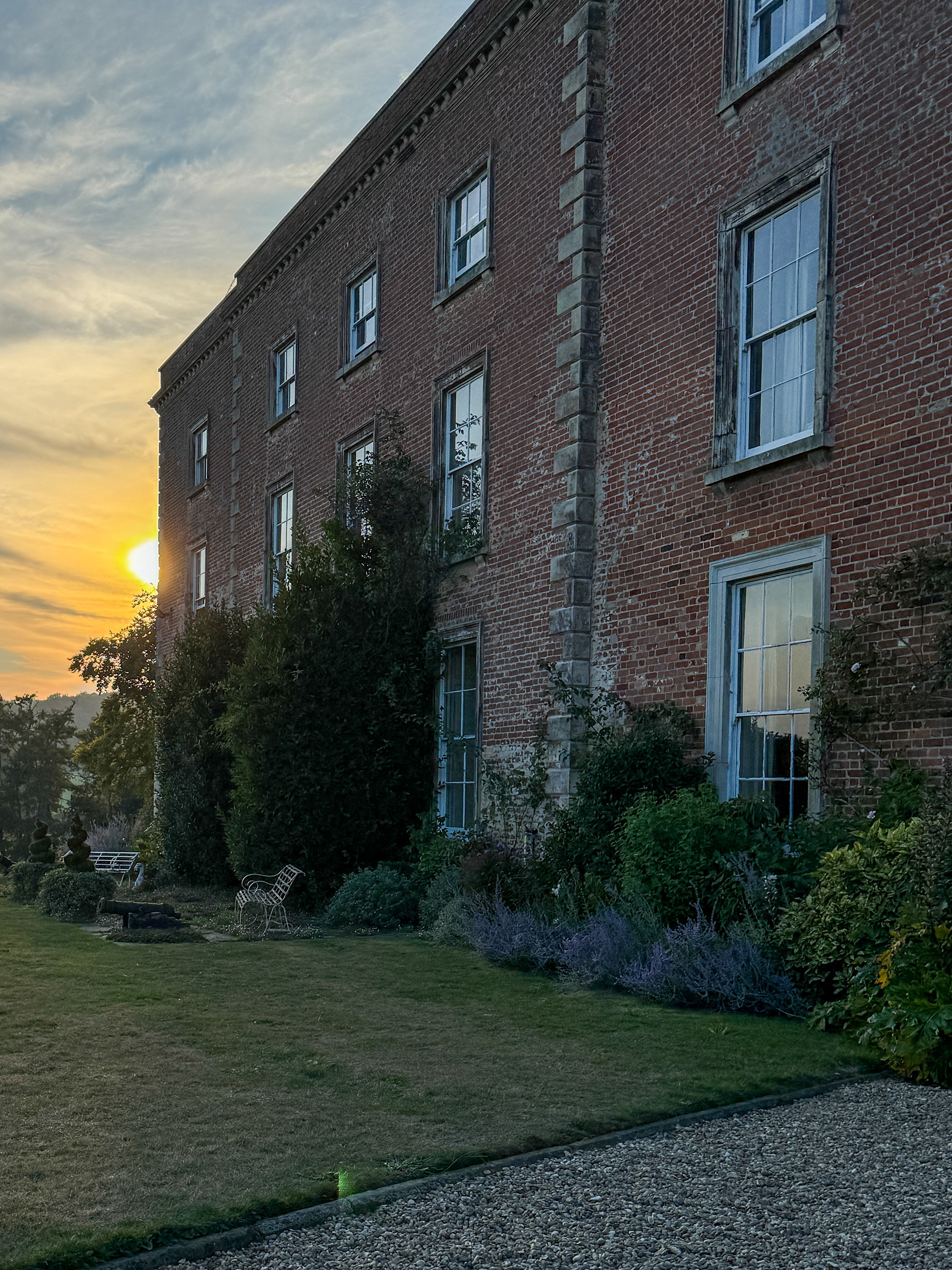
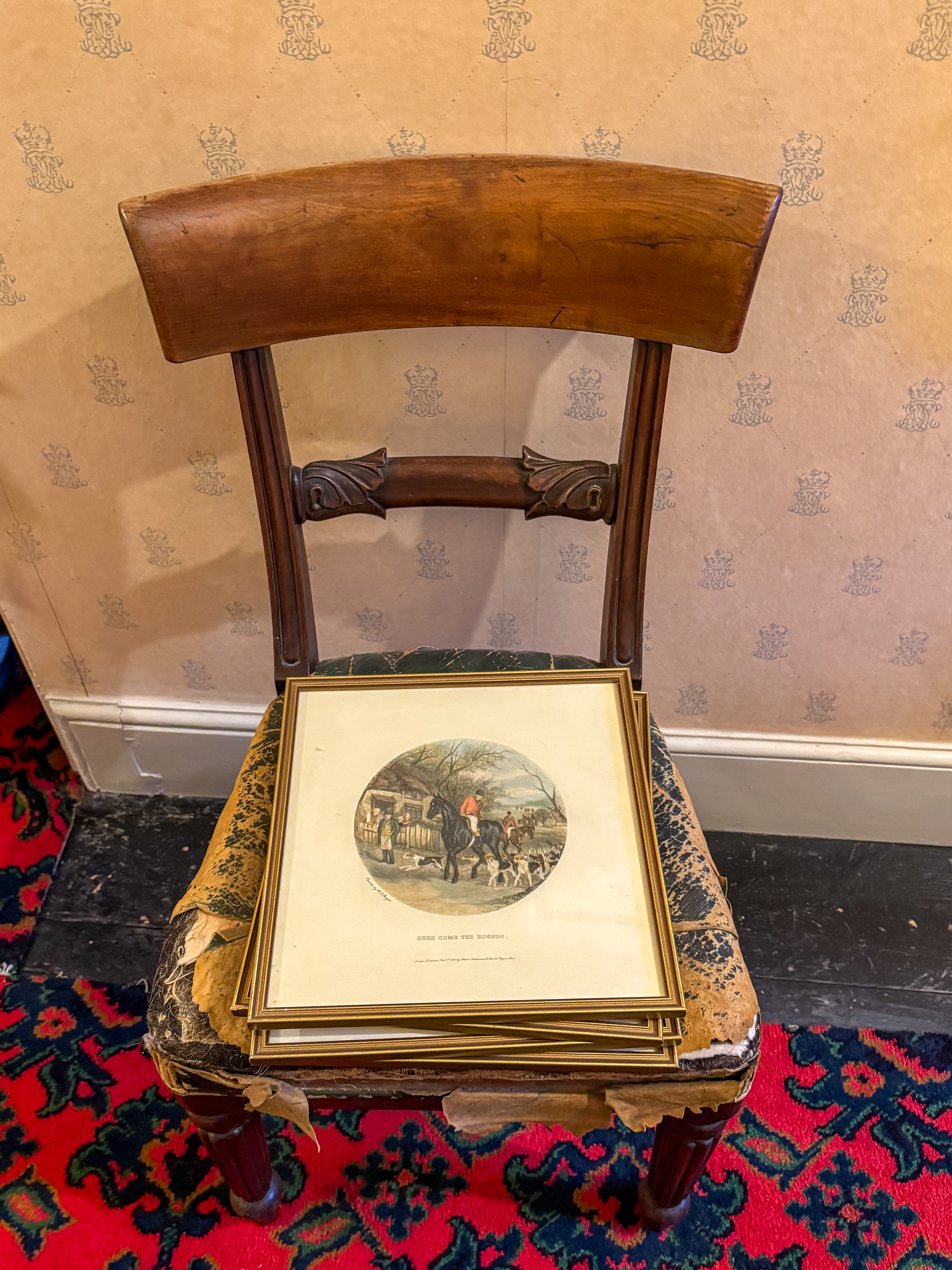
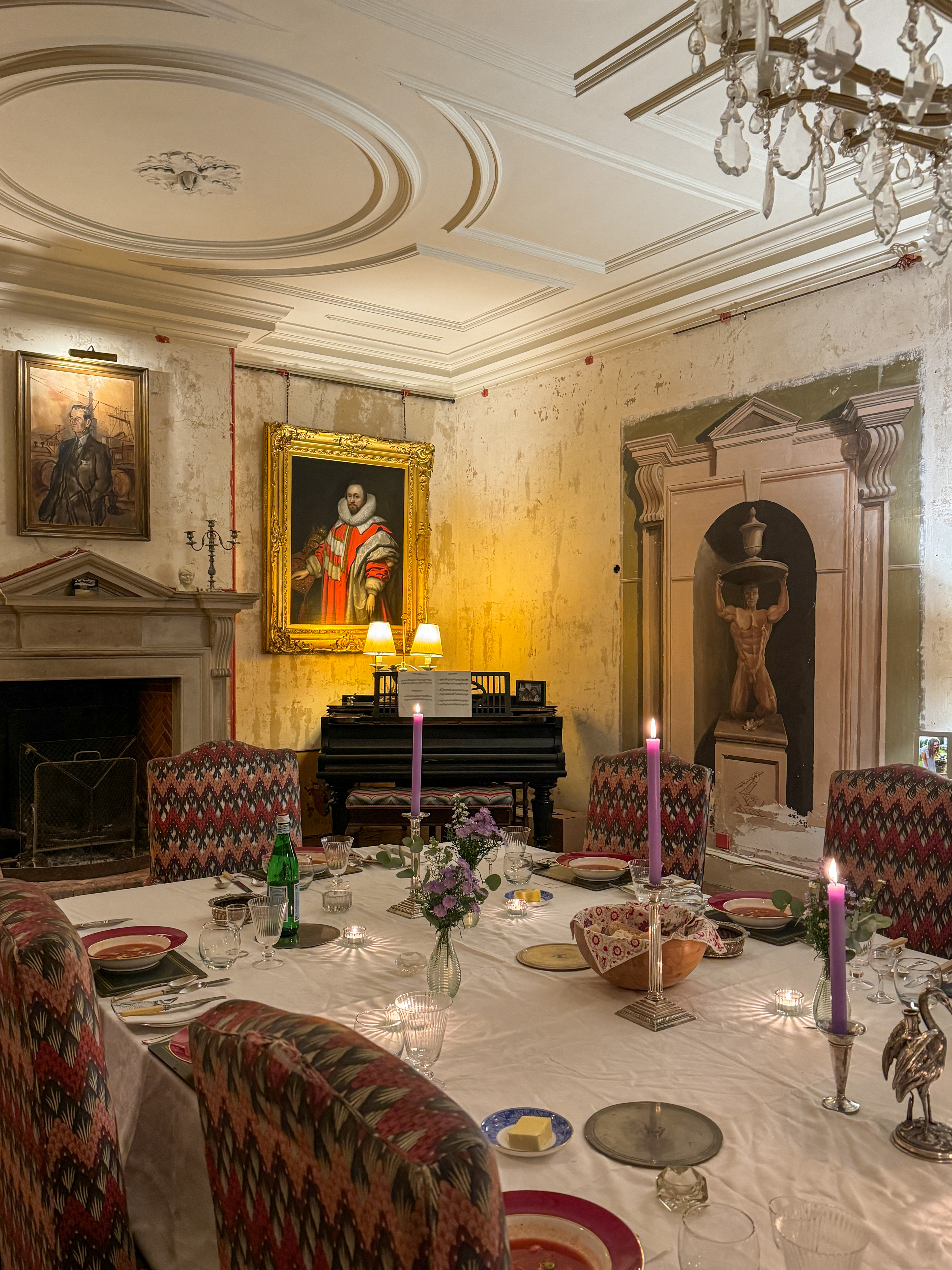
Bayfield Hall is a Grade II listed building which stands in a small estate close to the village of Letheringsett. The house that stands today was built in the last part of the 18th century replacing an earlier manor house thought to have been built in the 16th century. That house had been constructed of an early medieval manor house.
Next to the house is Bayfield Hall Antiques and Interiors.


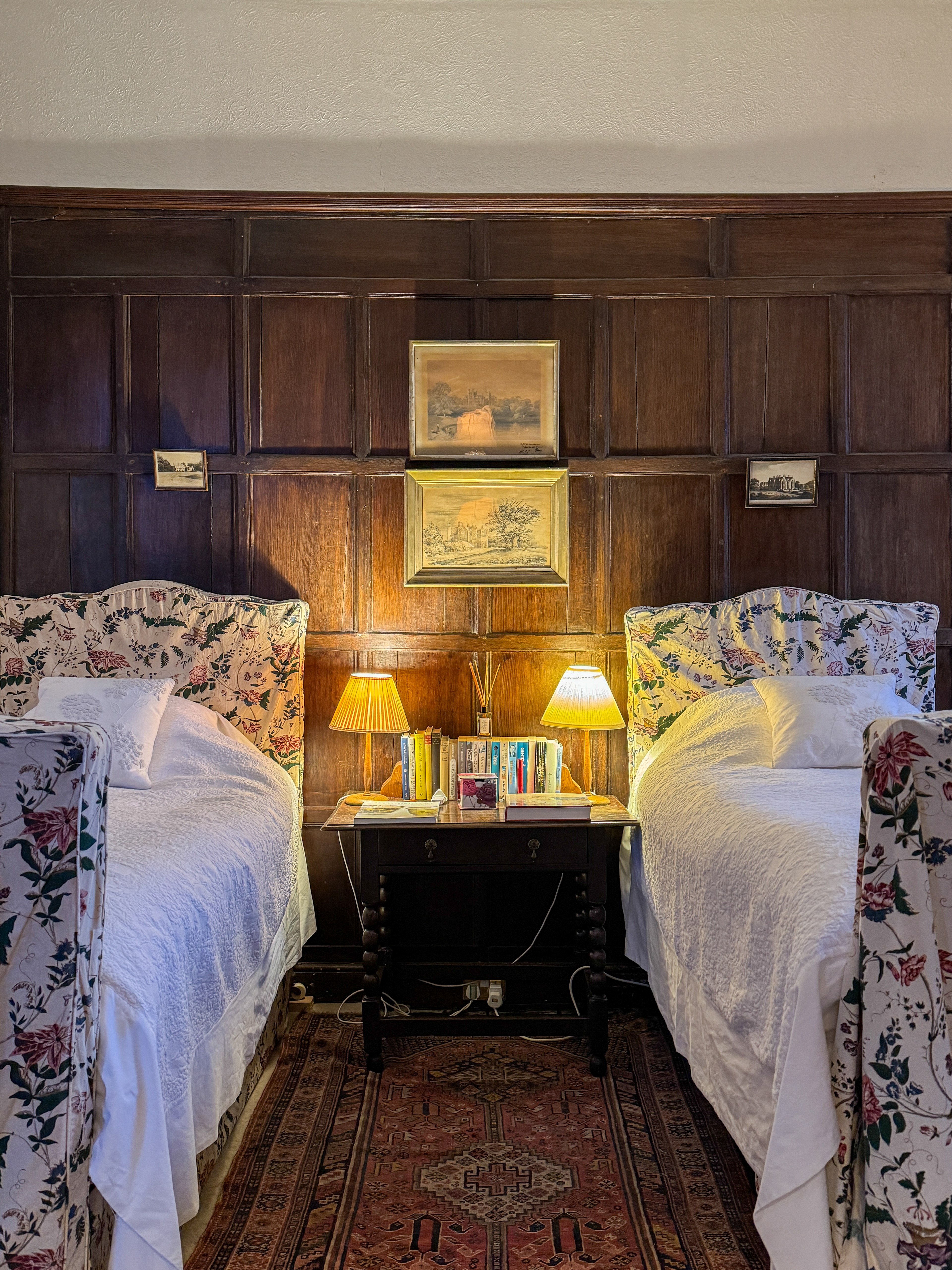



Barningham Hall is a privately owned country house and estate, near the village of Matlaske in Norfolk. The house was built for Sir Edward Paston in 1612, although the house seen today is the result of renovations, alterations and an enlargement project carried out under the supervision and design of Humphry Repton and his architect son John Adey Repton in 1805.


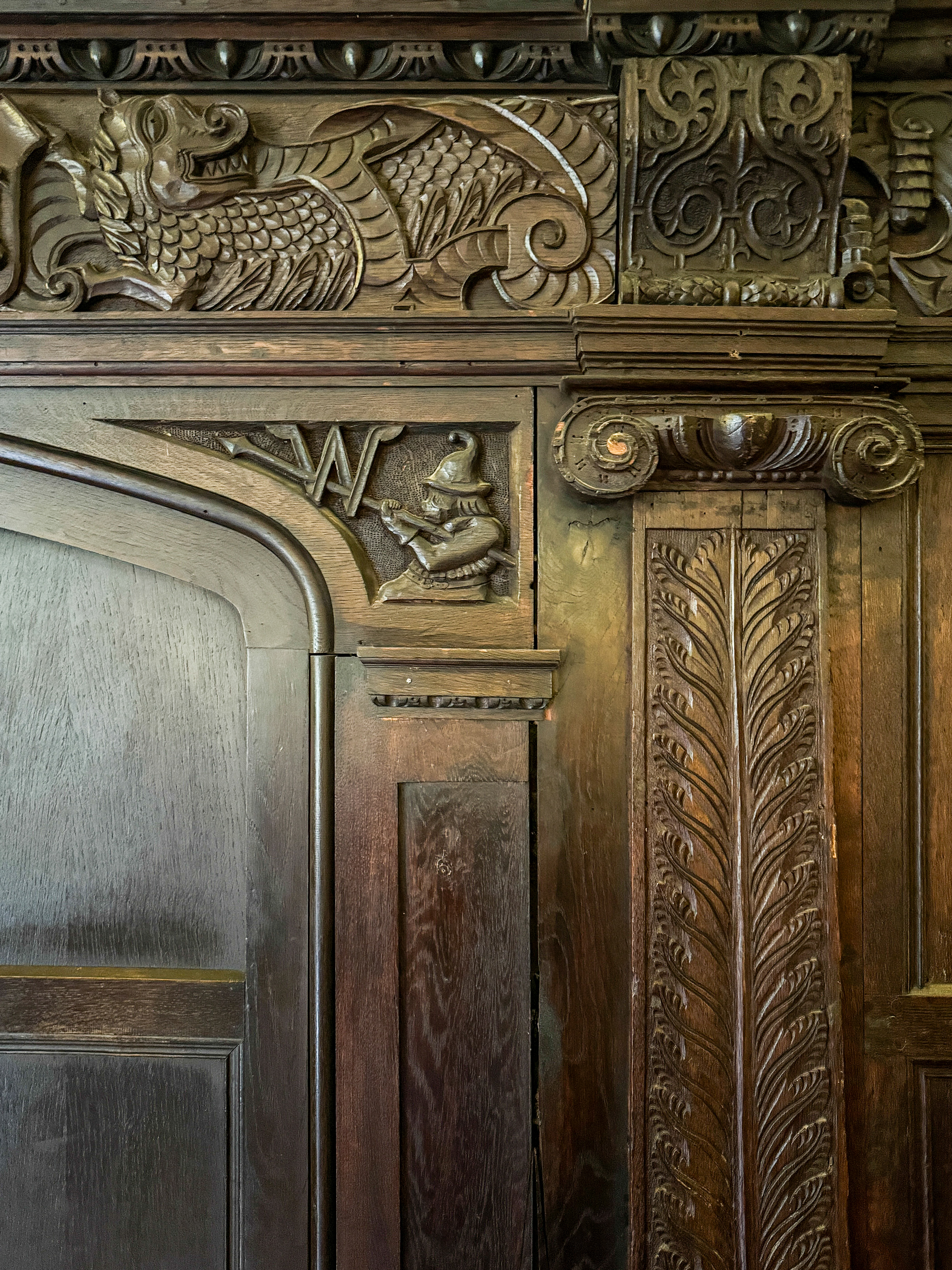
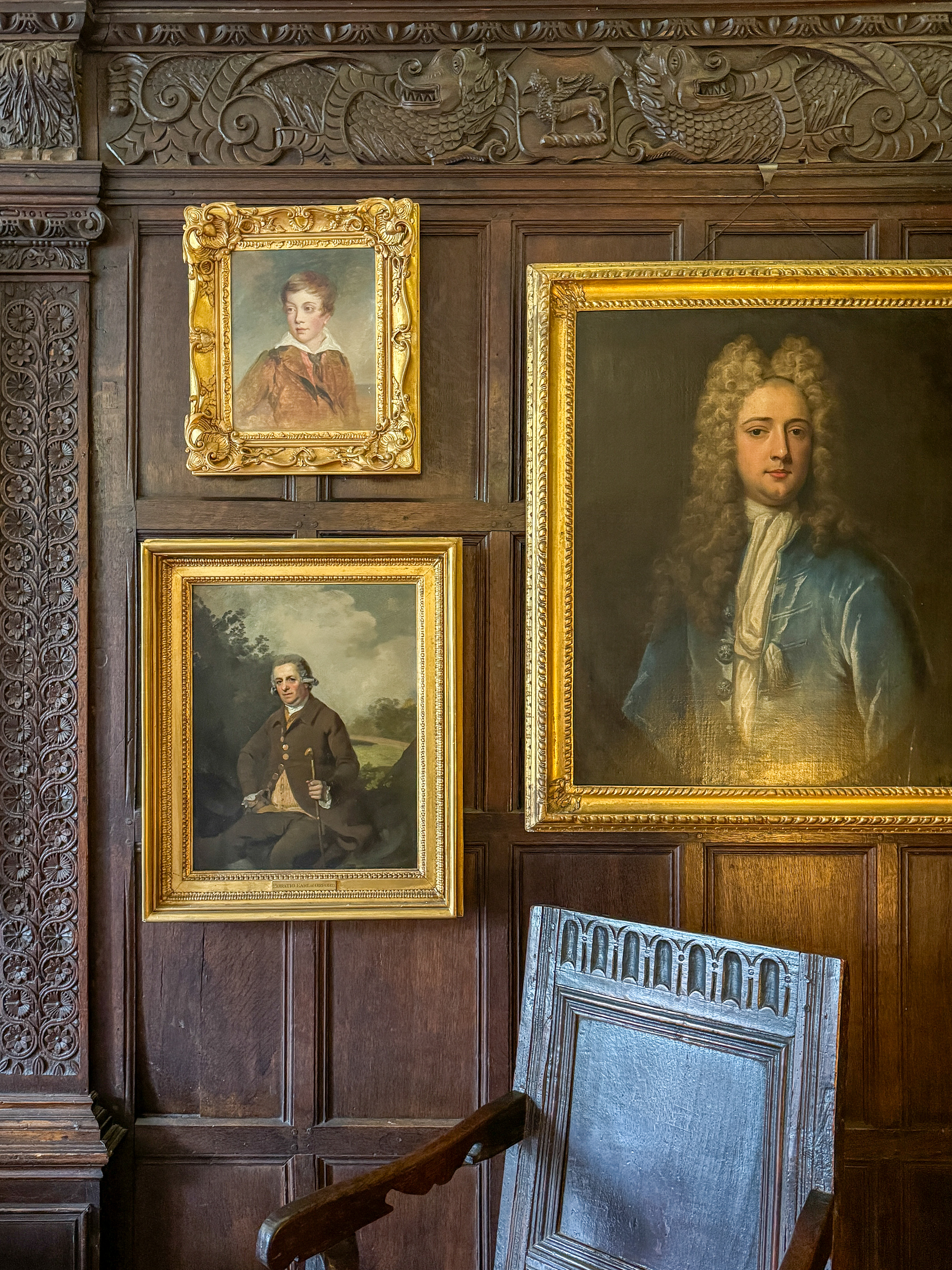



Mannington Hall is a moated medieval country house near the village of Itteringham in Norfolk. The first manor house built on this site was constructed in the 15th century. Having been owned by the Walpole family since the 18th century, it is now the seat of Jonathan Walpole, 11th Baron Walpole.
The house is only open to the public by appointment.
The house is only open to the public by appointment.
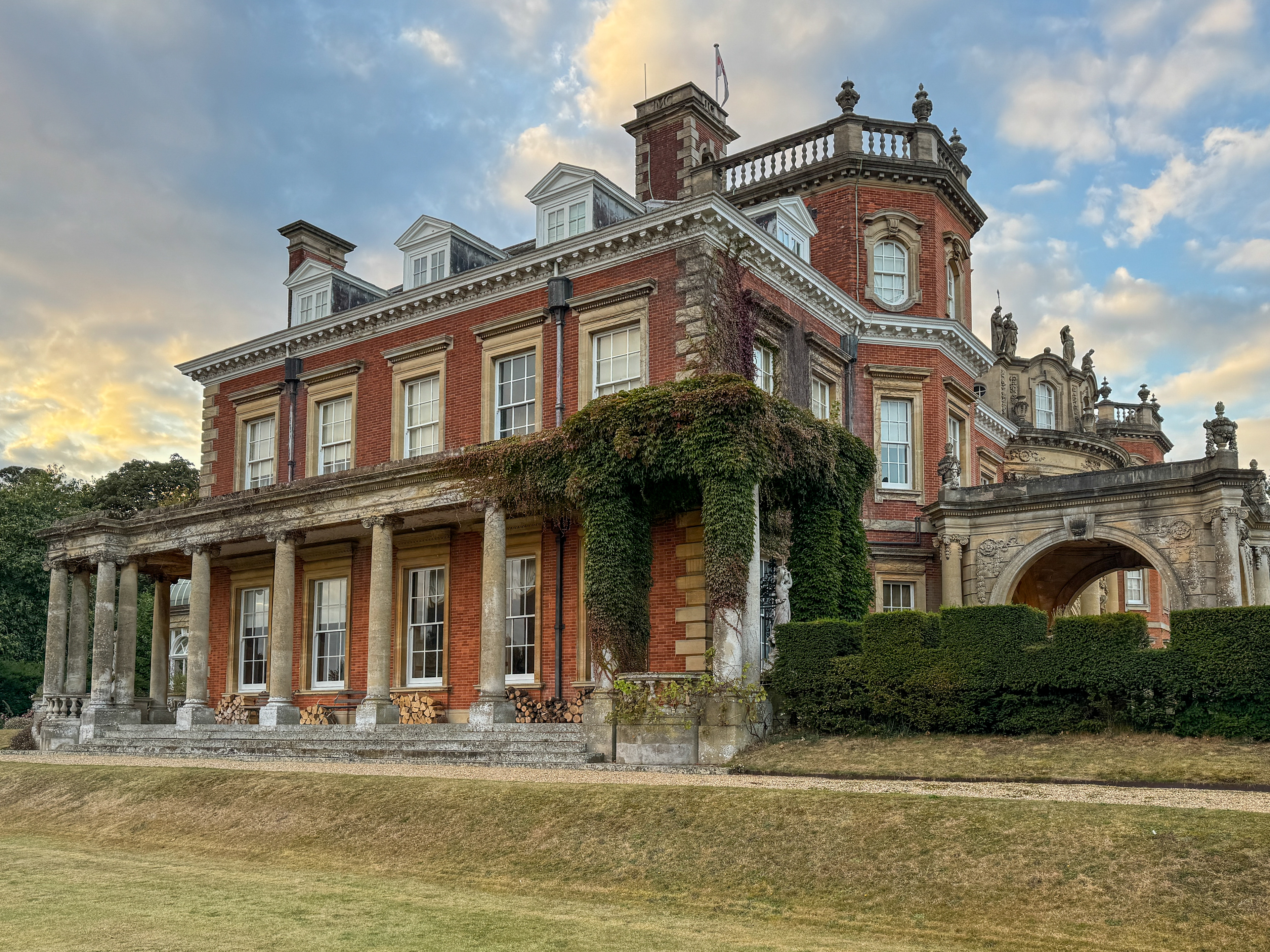




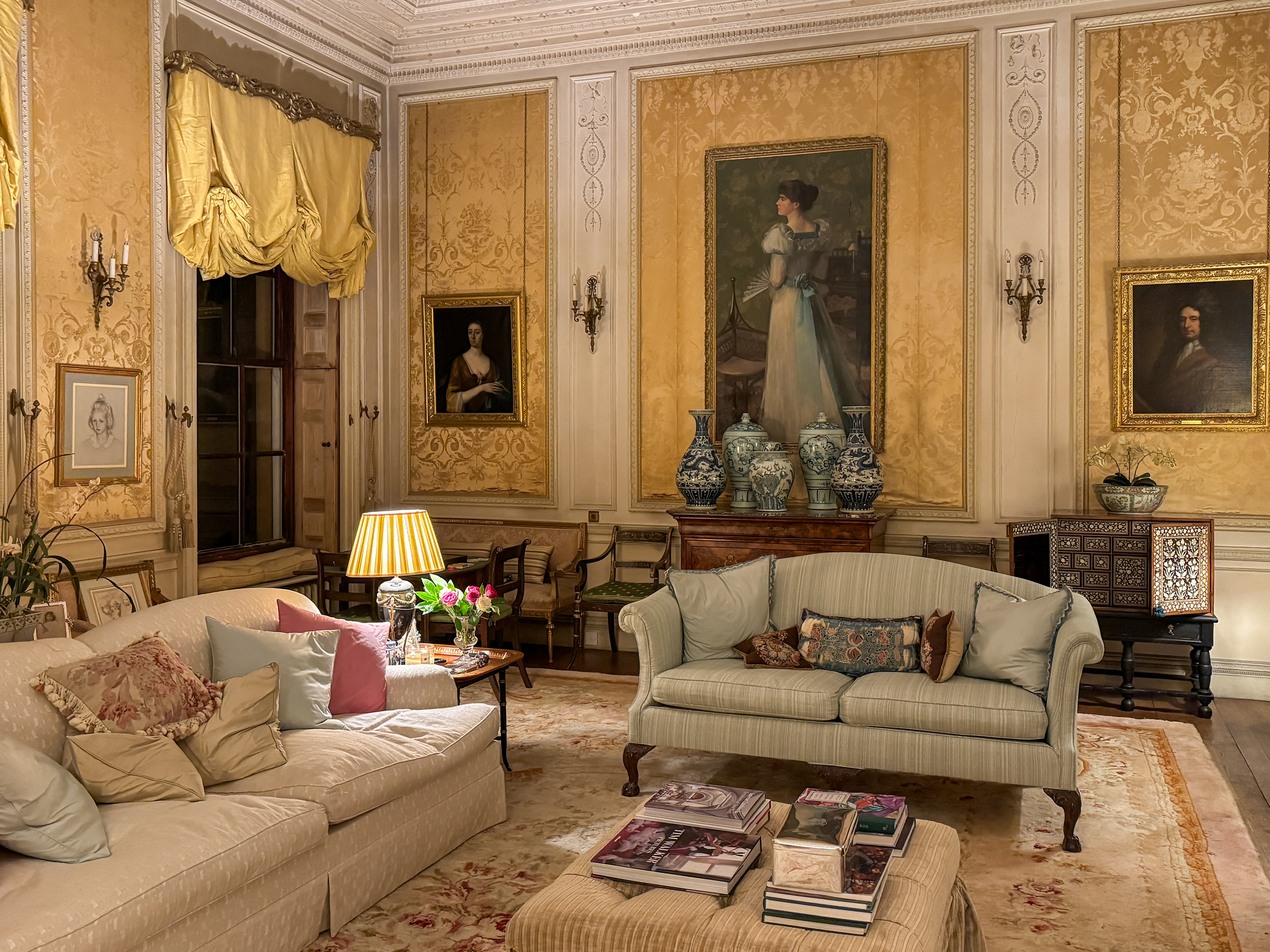

Sennowe Hall (also known as Sennowe Park) is a large country house and estate located near the village of Guist in Norfolk. The clock tower, the house and the stables, all located in a landscaped park, are Grade II listed buildings
Sennowe was originally a Georgian house built in 1774 by Thomas Wodehouse who had inherited the estate from his aunt Mary Bacon in 1760.
The estate was bought in 1898 by Thomas Albert Cook, a grandson of Thomas Cook, the founder of the travel agency. He commissioned the Norwich architect George Skipper to remodel and considerably enlarge the house. The house and its surrounding estate are still owned by his descendants.


